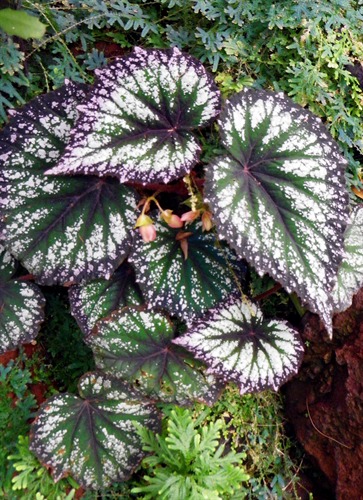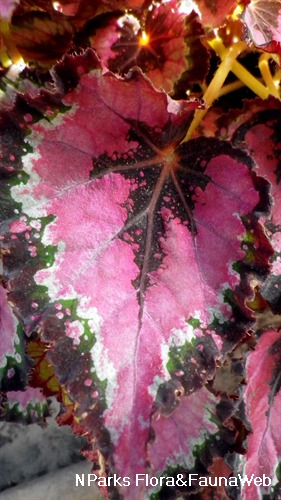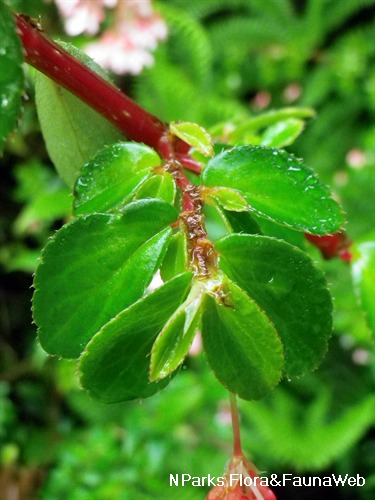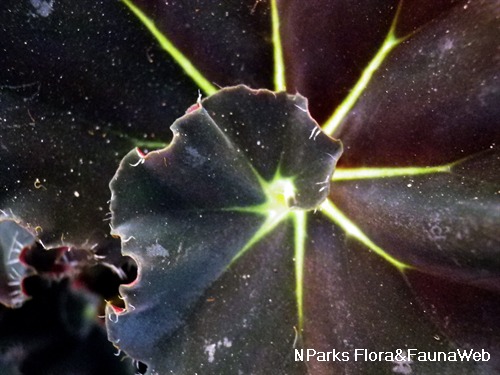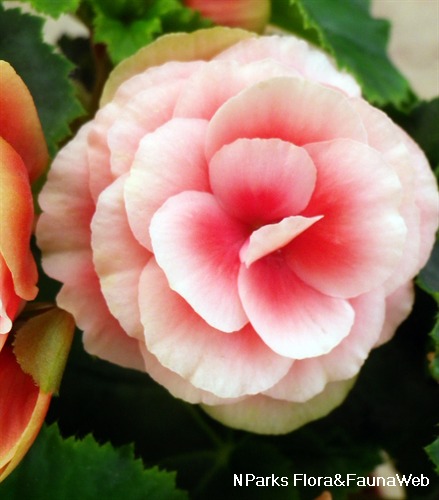
Back
Begonia Tuberosa Group
| Family Name: | Begoniaceae |
| Common Name: | Tuberose Begonia |
The Tuberose Begonia is famous for its ornamental leaves which come in many different asymmetric shapes, sizes and colours. Less well-known is that the stems, leaves and flowers are edible and have a subtle sweet-sour flavour. While several other types of Begonia have also been used as food or medicine, always consult your doctor before trying a new food. Tuberose Begonia prefers cooler temperatures and would benefit from being grown in an air-conditioned environment in hot, tropical climates.
Name
Classifications and Characteristics
| Plant Growth Form | Herbaceous Plant |
|---|
Biogeography
| Native Distribution | Of horticultural origin - these are hybrids from the tuberosa group |
|---|---|
| Preferred Climate Zone | Sub-Tropical / Monsoonal, Temperate |
Description and Ethnobotany
| Growth Form | Tuberous succulent herb to 50cm tall |
|---|---|
| Foliage | Leaves mid- dark green, asymmetric. |
| Flowers | Flowers can be of the single or double petaled forms, and flower color ranges from white, yellow, orange, apricot to shades of pink and red depending on the variety. |
| Cultivation | In areas with subtropical or temperate conditions, this species is grown as an annual pot plant. The plants are allowed to die down towards the end of the growing cycle, and the tubers are either left in the soil (for warmer, frost free climates) or placed in dry storage (for cold climates that experience frost). Plants will sprout again in spring when the weather becomes warmer. |
Landscaping Features
| Desirable Plant Features | Ornamental Flowers |
|---|---|
| Landscape Uses | Interiorscape/ Indoor Plant, Container Planting |
Fauna, Pollination and Dispersal
| Pollination Method(s) | Biotic (Fauna) |
|---|---|
| Seed or Spore Dispersal | Abiotic |
Plant Care and Propagation
| Light Preference | Semi-Shade |
|---|---|
| Water Preference | Moderate Water |
| Rootzone Tolerance | Well-Drained Soils |
| Potential Problems | This group of begonias prefers cooler growing temperatures and do not take heat and humidity well. If grown locally, plants may not be suitable for growing outdoors and may fare better in air conditioned areas. Soil/ growing media needs to be very well drained but kept moist. Plants may not grow/ flower again if they are not allowed a cool and dry period of rest/ dormancy. |
| Diseases | Susceptible to powdery mildew and stem rot, especially if grown in areas with high heat and humidity or poor ventilation. |
| Pest(s) | Sucking Insects |
| Propagation Method | Seed, Storage Organ |
Foliar
| Foliage Retention | Evergreen |
|---|---|
| Mature Foliage Colour(s) | Green |
Floral (Angiosperm)
| Flower Colour(s) | Orange, Pink, Red, White, Yellow / Golden |
|---|---|
| Flower Texture(s) | Waxy, Thin |
| Flower Grouping | Cluster / Inflorescence |
Image Repository
Others
| Master ID | 31179 |
|---|---|
| Species ID | 5573 |
| Flora Disclaimer | The information in this website has been compiled from reliable sources, such as reference works on medicinal plants. It is not a substitute for medical advice or treatment and NParks does not purport to provide any medical advice. Readers should always consult his/her physician before using or consuming a plant for medicinal purposes. |

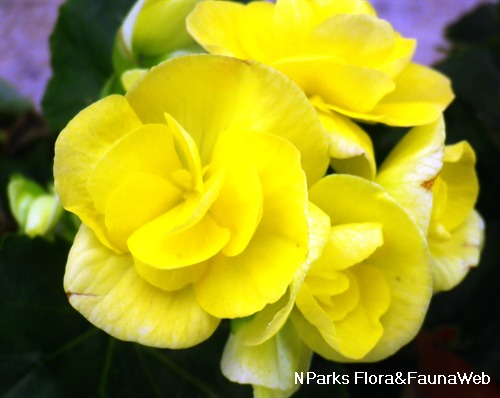
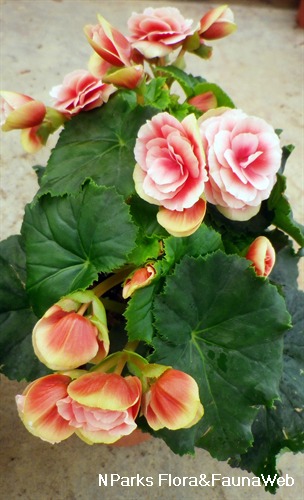
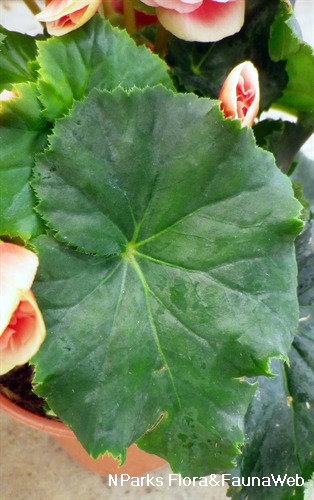
.jpg)
.jpg)
.jpg)
